Authors
No matching authors found
Try adjusting your search criteria
Advertisement
Advertisement
Trending on Drug Topics
1
Oral Semaglutide Show Promise as New Benchmark for Diabetes Care, Cardiovascular Protection
2
Opioid Overdose Deaths Fall by 34% in 2025 | ASHP Midyear 2025
3
Limited Clinical Data Impact Cannabis Integration Into Standard Care | ASHP Midyear 2025
4
What TrumpRx Means for Independent Pharmacies and Their Patients
5




